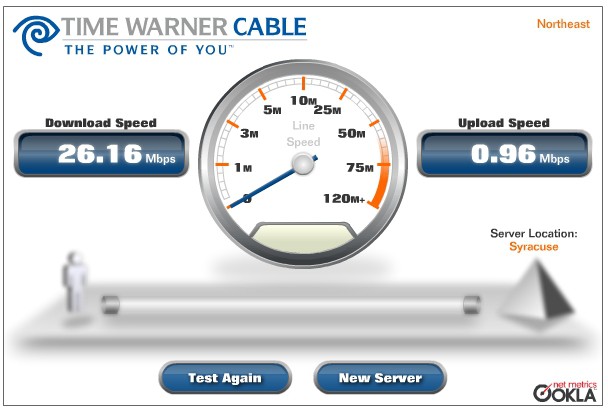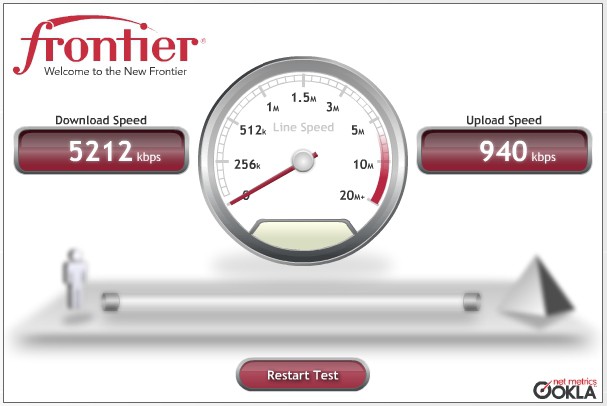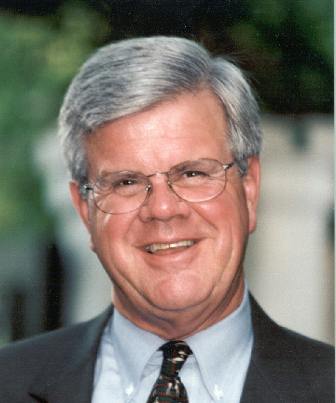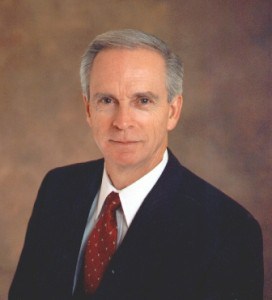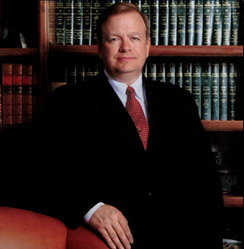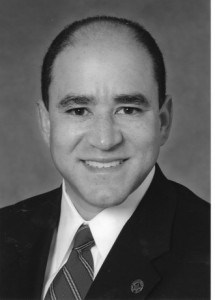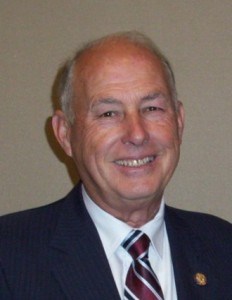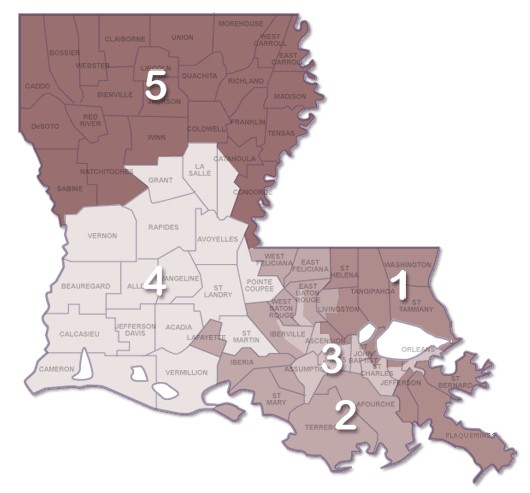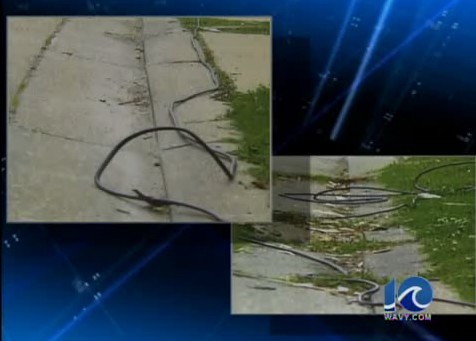 Tomorrow, the Federal Communications Commission is anticipated to release its long-awaited National Broadband Plan (NBP) for the United States.
Tomorrow, the Federal Communications Commission is anticipated to release its long-awaited National Broadband Plan (NBP) for the United States.
The proposed road map to better broadband is supposed to bolster availability in rural communities, improve access in urban and suburban areas, and lay the groundwork for 21st century service and speeds.
FCC Chairman Julius Genachowski and Blair Levin, executive director of the FCC Broadband Initiative, have provided plenty of clues along the way. But one thing is certain — the true impact of the NBP will be to pass a de facto national stimulus program for corporate lobbyists, who will spend the rest of the year loving the goodies in the plan and lobbying away the parts they don’t.
Everyone but consumers have plenty of cash on hand to pay for a full assault on Capitol Hill, bending the ears of lawmakers to deliver the changes they can believe in, and outlawing the changes they don’t. Since those words will be underlined with fat campaign contributions, more than a few lawmakers are likely to listen.
National Public Radio’s Morning Edition asked the question, will the National Broadband Plan come up short? (4 minutes)
You must remain on this page to hear the clip, or you can download the clip and listen later.
The Winners
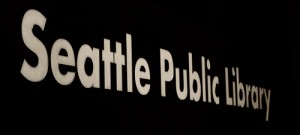 Public Institutions: To be a health care provider, a school, or library is a good thing these days. Some of the most generous and non-controversial elements of the NBP will be directed to public institutions. The cosmetic impact can’t be beat. Every elected official sees great potential from ribbon-cutting a showcase project that improves health care, local schools, or a nearby public library. To all three will come fast access fiber connectivity, tele-learning funding, and support for educating the public about broadband. Libraries will be given special attention to address connectivity, schools will likely find free or low cost fiber in their future, and the digitization of health care records and results will also promise improvements in health care delivery.
Public Institutions: To be a health care provider, a school, or library is a good thing these days. Some of the most generous and non-controversial elements of the NBP will be directed to public institutions. The cosmetic impact can’t be beat. Every elected official sees great potential from ribbon-cutting a showcase project that improves health care, local schools, or a nearby public library. To all three will come fast access fiber connectivity, tele-learning funding, and support for educating the public about broadband. Libraries will be given special attention to address connectivity, schools will likely find free or low cost fiber in their future, and the digitization of health care records and results will also promise improvements in health care delivery.
None of these projects will create a significant competitive impact on current broadband players, and even earmark-wary politicians will pose for the cameras to launch an inner-city library’s fiber project. Public safety will also be provided for with plans to improve connectivity and leveraging broadband for our first responders.
Wireless Companies: It can’t hurt to be a big telecommunications company with a wireless division, either. That’s because one of the major priorities for the NBP will be finding additional wireless spectrum to improve mobile data services in hopes they can provide increased access in rural communities and increased competition in urban ones.
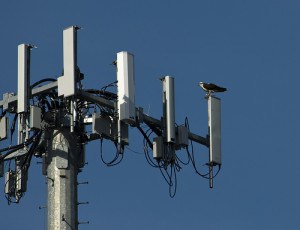 More airways for mobile data will be “a core goal,” FCC Chairman Julius Genachowski said in February. That means AT&T and Verizon stand to gain the largest benefits from expanded spectrum. Smaller carriers like T-Mobile and Sprint will also benefit to a lesser degree. The FCC wants to double the number of frequencies available to wireless carriers — 500MHz that must be reallocated from other uses and delivered to providers in new broadband spectrum auctions.
More airways for mobile data will be “a core goal,” FCC Chairman Julius Genachowski said in February. That means AT&T and Verizon stand to gain the largest benefits from expanded spectrum. Smaller carriers like T-Mobile and Sprint will also benefit to a lesser degree. The FCC wants to double the number of frequencies available to wireless carriers — 500MHz that must be reallocated from other uses and delivered to providers in new broadband spectrum auctions.
Those with the deepest pockets will win the most spectrum, which assures in priority markets where spectrum is in demand, AT&T and Verizon will likely outbid others.
With a mobile broadband future at stake, that guarantees added pressure on smaller players to merge so they can pool resources to compete for needed airwaves. That could ultimately reduce competition and choice among wireless providers. Pricing is unlikely to drop either, so long as providers try and recoup their auction expenses.
Levin, in particular, is a proponent of wireless competition.
“We don’t know necessarily whether wireless is going to provide perfect competition to wired. But we do know it’s a very important piece of the puzzle,” Levin believes.
Consumers know better, especially in a country replete with $60-for-five-gigabytes monthly usage plans.
Since wireless broadband is increasingly delivered by the same companies providing wired broadband, wired providers show few signs of fear from bolstered wireless competition. AT&T U-verse and AT&T Mobility are AT&T. Verizon FiOS, DSL, and Verizon Wireless are all Verizon. Comcast and Time Warner Cable are both major investors in Clearwire, a wireless “competitor.”
Equipment & Infrastructure Providers: If you haven’t bought shares in Corning, manufacturer of fiber optic network components, or Cisco, which supplies broadband infrastructure, you might want to consider it. Both companies, among dozens of others, stand to reap millions in profits from the sale of components to construct 21st century broadband. All of the major equipment manufacturers and their respective trade associations have already submitted piles of comments to the FCC to help identify priorities and speed implementation of the NBP. Not only do they promote the use of their products, they also speak in terms of helping to create thousands of new jobs for those building the next generation of broadband. What’s not to like about that?
Big Broadband Users: Major companies like Google and Amazon are expected to benefit from improved broadband, especially if it also includes increased competition and open access to privately owned networks. Constructing larger national and regional networks assures increased capacity and reduced pricing, especially if networks face additional competition. To underscore the point, the NBP is expected to announce a review by the FCC of the wholesale rates big carriers charge for access.
The Losers
 Broadcasters: The nation’s broadcasters are clearly the biggest potential losers in the NBP. Threatened with plans to capture large amounts of the UHF television band and selling it off to wireless providers may cripple at least some of the nation’s free over-the-air broadcasters. For some at the FCC, the fact that less than half of all Americans watch television over-the-air must have made their frequencies a rational target. Most Americans pay a cable, telephone or satellite company to deliver local stations. If the FCC reallocated half of the current UHF dial and sold it to wireless carriers, the remaining channel space would mean a far more crowded, interference-prone TV dial.
Broadcasters: The nation’s broadcasters are clearly the biggest potential losers in the NBP. Threatened with plans to capture large amounts of the UHF television band and selling it off to wireless providers may cripple at least some of the nation’s free over-the-air broadcasters. For some at the FCC, the fact that less than half of all Americans watch television over-the-air must have made their frequencies a rational target. Most Americans pay a cable, telephone or satellite company to deliver local stations. If the FCC reallocated half of the current UHF dial and sold it to wireless carriers, the remaining channel space would mean a far more crowded, interference-prone TV dial.
Some wireless industry advocates of the reallocation plan believe stations can get by with reduced power on a network of cell-tower-like relay transmitters delivering signals to more distant suburbs in their service area. Reduced power means reduced interference, they advocate, although it also means significantly reduced coverage areas, especially for rural Americans which depend on distant stations for free over-the-air television.
Right now, the NBP reallocation proposal will likely be “voluntary,” meaning stations can give up their channel and move to a different one, earning compensation from a federal auction fund to pay 100 percent of the expenses involved with the channel change. The National Association of Broadcasters, the television industry’s trade association, fears what begins as “voluntary” may evolve into “compulsory.”
Open Access Proponents: Least likely to be included in the NBP is a broad-reaching requirement that broadband providers open their networks, usually a duopoly in most American cities, to would-be competitors at fair terms and prices. The industry has been down this road before with traditional telephone service, and spent countless millions fighting proposals that would allow consumers to choose different local telephone companies. In the end, choice for residential phone service over landlines never really got off the ground because the terms and conditions never made economic sense to would-be competitors.
Should the FCC try to mandate that cable and telephone industry broadband lines be opened to third party competitors, that will unleash a full scale lobbying assault on Washington. In an election year, antagonizing big telecommunications companies is unlikely. Besides, the industry can always sue, claiming any open access mandate violates their corporate constitutional rights.
The Jury Is Out
Consumers: That’s you and I. Don’t expect the FCC to announce large, government-constructed, fiber to the home projects for every American now living with a broadband duopoly that delivers the least amount of speed for the highest possible price. When a significant minority of Americans believes any government project to improve broadband is really a Barack Obama Socialist Wiretapping project, no national scale version of municipal fiber is forthcoming. Not even close.
Most of the media attention will likely focus on speed goals, cosmetic projects for local institutions, and general statements about increased competition.
The immediate benefits for consumers will be nebulous at best. We’ll likely gain more from Net Neutrality protections. The only likely direct benefit, should it come to fruition, is the plan to create a nationwide, free wireless network to ease the digital divide. Specific speeds, technology used, and service areas aren’t known at this point. But private providers will work particularly hard to prevent this plan from ever seeing the light of day.
Consumer complaints about telecommunications companies have been skyrocketing. The Better Business Bureau reports that the most complaints the group received in 2009 pertained to cell phone providers and the cable, telephone, and satellite-providers.
Consumers are screaming for competition and they get rate increases instead.
Without clear measures promoting increased competition and oversight, American broadband will evolve into an expensive, usage-limited experience for most urban customers, and “good enough for you”-slow speed DSL service delivered by a de facto telephone company monopoly in rural areas.
Relief for consumers does not come from handing additional few-strings-attached benefits and resources to the same providers that are responsible for the current state of broadband service in America.
 Hollywood: Lobbyists for the music and movie studios have been peppering Washington with demands that broadband-related legislation include increased penalties and restrictions to reduce copyright theft. They seek a mandate that repeat copyright offenders be banned from broadband service, that consumer electronics incorporate digital rights management technology to thwart unauthorized distribution or access to copyrighted content, and increased financial penalties for those who try.
Hollywood: Lobbyists for the music and movie studios have been peppering Washington with demands that broadband-related legislation include increased penalties and restrictions to reduce copyright theft. They seek a mandate that repeat copyright offenders be banned from broadband service, that consumer electronics incorporate digital rights management technology to thwart unauthorized distribution or access to copyrighted content, and increased financial penalties for those who try.
Should the FCC incorporate these concepts in the NBP, it will likely create a consumer backlash because of past memories of overzealous copyright controls that hamper legitimate use of purchased content. It will also raise opposition from consumer electronics manufacturers.
Cable and Telephone Providers: There are benefits and risks to companies like Comcast, Time Warner Cable, Verizon, AT&T, Frontier Communications, and Windstream, among others.
Reform of the much-maligned Universal Service Fund, which currently benefits traditional telephone customers, could be a game-changer for many companies. Currently, Verizon and AT&T pay more into the USF than they receive from it. That is especially true for Verizon which is abandoning rural markets by selling off service areas to smaller providers. The USF provides a subsidy for rural phone companies to deliver affordable service at comparable pricing enjoyed in larger communities. By transitioning the USF into a Broadband Service Fund — using the money to construct and improve broadband service — many companies stand to benefit.
Frontier, CenturyLink, and Windstream are among those specializing in “rural phone service” and could use funding to defray the costs of broadband networks otherwise built with investor money. Verizon and AT&T could earn broadband funding for projects in their service areas currently not delivering broadband, or only providing anemic DSL service.
That has cable companies worried, particularly if the funds can be used to provide service in areas where they already offer service. Even worse, the thought of a new wireless broadband entrant in a community already served by cable and telephone company broadband.
The cable industry is also worried about a proposal to let consumers ditch cable-owned cable boxes in favor of their own purchased alternatives.
Cable companies rent tens of millions of cable boxes that they control and manage. The FCC wants consumers to be able to purchase and manage their own devices capable of utilizing the services cable operators provide, without having to pay several dollars a month to borrow one from the cable company.
Kyle McSlarrow from the National Cable & Telecommunications Association sent a letter Friday to Genachowski offering the FCC a compromise. Offering seven points the NCTA says cable is willing to voluntarily abide to, McSlarrow suggests consumers should be able to buy such devices, but that they should not be required to access every possible service on offer from his cable members. Indeed, such devices also must incorporate security and copyright controls to limit unauthorized access and use of cable-delivered content.
That guarantees the same success rate consumers have today with CableCARD technology, which few consumers use or understand.
Regardless of what comes from tomorrow’s National Broadband Plan, look beyond the happy talk, general promises, and visionary language. The devil is in the details, definitions, schedules, and clear path from tomorrow’s platitudes into next year’s broadband improvement reality.


 Subscribe
Subscribe



